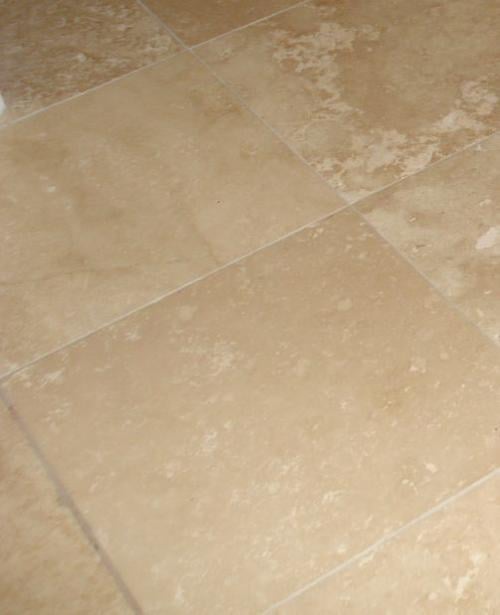Each year, thousands of Arizona residents email or call Rosie Romero’s radio show with questions about everything from preventing fires in their chimneys to getting rid of tree roots invading their sewer system. His goal is to provide answers that suit the specific lifestyle wherever someone lives in Arizona. Here are questions about home maintenance and improvement from the Southern Arizona area.
Q: I have just remodeled my bathroom; the work was finished this week. Some people have advised me to seal the travertine tile shower; others say no, I don’t have to do it. Is it necessary?
A: Yes, you do have to seal it, because travertine is a porous stone that can be etched by acidic substances. But first, you have to let the grout dry out completely after the travertine has been put on by the remodeler. It’s probably going to do that in three to five days, but waiting two weeks would be better.
Once you are ready to seal the stone, brush a thin layer of epoxy resin over the surface to fill any holes in the top layer. Allow it to dry thoroughly and then brush on another layer. Then mix the stone sealer and apply it with an applicator brush, moving in one direction. Check to make sure that you don’t miss any areas or add too much or too little sealer. Allow to dry thoroughly before taking another shower.
Q: I have a problem with my flat roof; I have to paint it every year to keep it sealed. What can I put on top that would give more protection and reflect heat as well?
A: A white elastomeric roof coating could work well for you. It can be used on metal, foam or concrete tiles. But before you put it on, you need to thoroughly clean the roof’s surface. Preparation is 90 percent of the job. Start by cleaning up any dirt or debris. Then use a pressure washer to finish the cleaning. You’ll also want to repair any cracks or problem areas. The coating can be applied with a roller, brush or sprayer. Once the coating is on, it should last several years and help cool the interior of your house.
Q: I recently had a glass-enclosed porch added onto the back of my house. The builder seems to have done a good job, including adding extra flashing, but now there are four places inside on the ceiling of the porch that leak when it rains. I inspected the stucco parapet on the roof that is just above the porch and the stucco is pitted all over with tiny holes. Could those holes be the problem?
A: If you are sure the builder installed the porch properly, then that stucco parapet could indeed be the problem. If you have woodpeckers living in the area, they most likely have done the damage. You need to have a competent painter come in to fill those holes with elastomeric caulk and maybe even re-stucco the parapet. Then you can repaint.
Q: I have a townhouse where the tile flooring has cracked inside my kitchenette. The crack is near where the floor meets the outside wall, and when it rains, water comes up through that crack in the tiles. There is also a drainpipe right outside the wall. How can this problem be fixed?
A: Someone will probably need to excavate outside the townhouse down to the footing at the bottom. Then the concrete foundation area will need to be thoroughly cleaned and sealed. You may also need to redirect the water from the downspout to eliminate a source of water affecting this problem.





